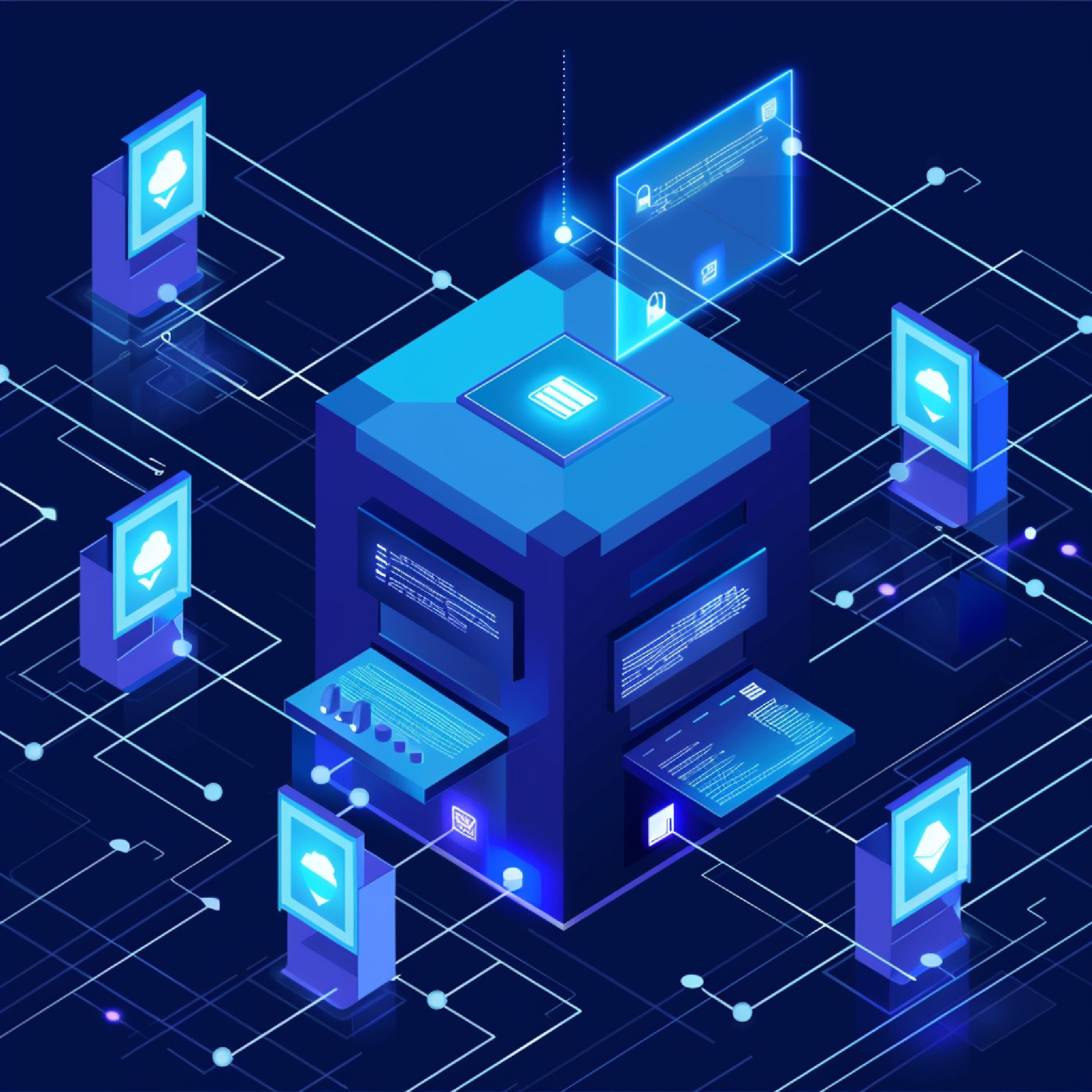Why Migrate from Legacy to Microservices
Legacy applications often act as roadblocks to innovation due to their tightly coupled architecture, reliance on outdated technology stacks, and lengthy release cycles. These limitations hinder scalability, slow down development, and make it difficult to adapt to changing business needs. Whereas microservices architecture decomposes monolithic systems into modular, autonomously deployable components that greatly increase agility and performance,





